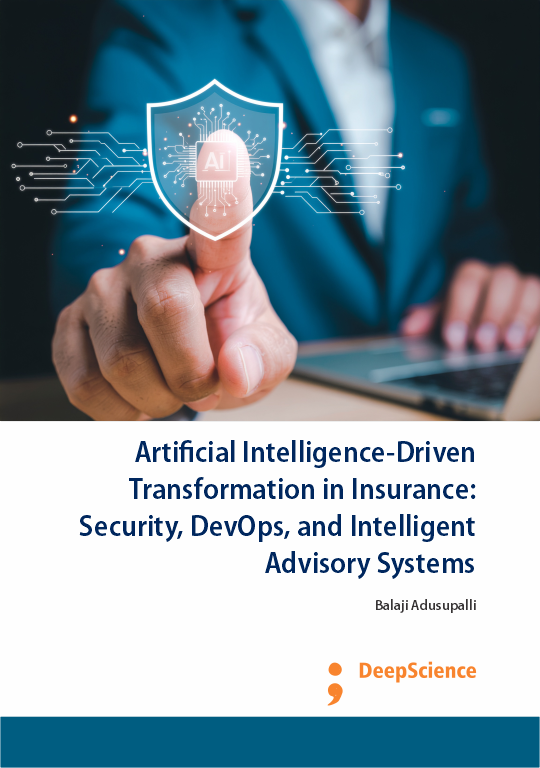Agentic artificial intelligence for dynamic claims processing and fraud detection
Synopsis
In the last century, insurance claims processing has gradually moved from being an entirely manual process to being more automated with machine-learning optimization. Machine learning has improved important sub-tasks: Natural Language Processing can convert unstructured documents into structured data, Image Processing can analyze regulators’ photo examinations, and Predictive Modeling can compute estimates based on historical experiences. Consolidation and integration of these models into a full cycle, end-to-end automated claims processing and adjustment system are important areas of research and development. Current automated systems are mostly passive and rudimentary: they merely predict part of the outputs ignore important dependencies, and are limited in their dynamic updating-to-enormous internal databases housing individual unique customer histories and carrier experiences based on geolocation and other important parameters (Ngai et al., 2011; Baesens et al., 2015; Esteva et al., 2019).
Agentic AI is a step toward the next generation of fully multi-agent systems, enabling significantly more sophisticated artificial agents capable of learning, applying, and updating real knowledge and long-term memory databases in permanently online mode so that the outputs are reconciled, complete, and credible. Agentic AI is a novel real-time, fully dynamic, multi-agent AI architecture that does not merely provide predictions at each time step but also provides a dynamic set of intra-model actuals agent-to-agent, addressing the issues of deep dependencies and credibility among the various sub-tasks. Furthermore, by being continuously online, learning real relationships and reconciliations across models dynamically, and updating permanent internal memory knowledge, memory errors, and catastrophic forgetfulness are reduced. We illustrate the power and efficiency of the Agentic AI paradigm through its specific application to the challenging problem of automated real-time repeated-cycle claims processing and fraud detection. The specific approach to loss prediction also increased credibility despite only simple predictive heuristics applying on the individual model level, by taking expected values across the various models and sets of model actuals (Sun et al., 2012; Van Vlasselaer et al., 2016).













